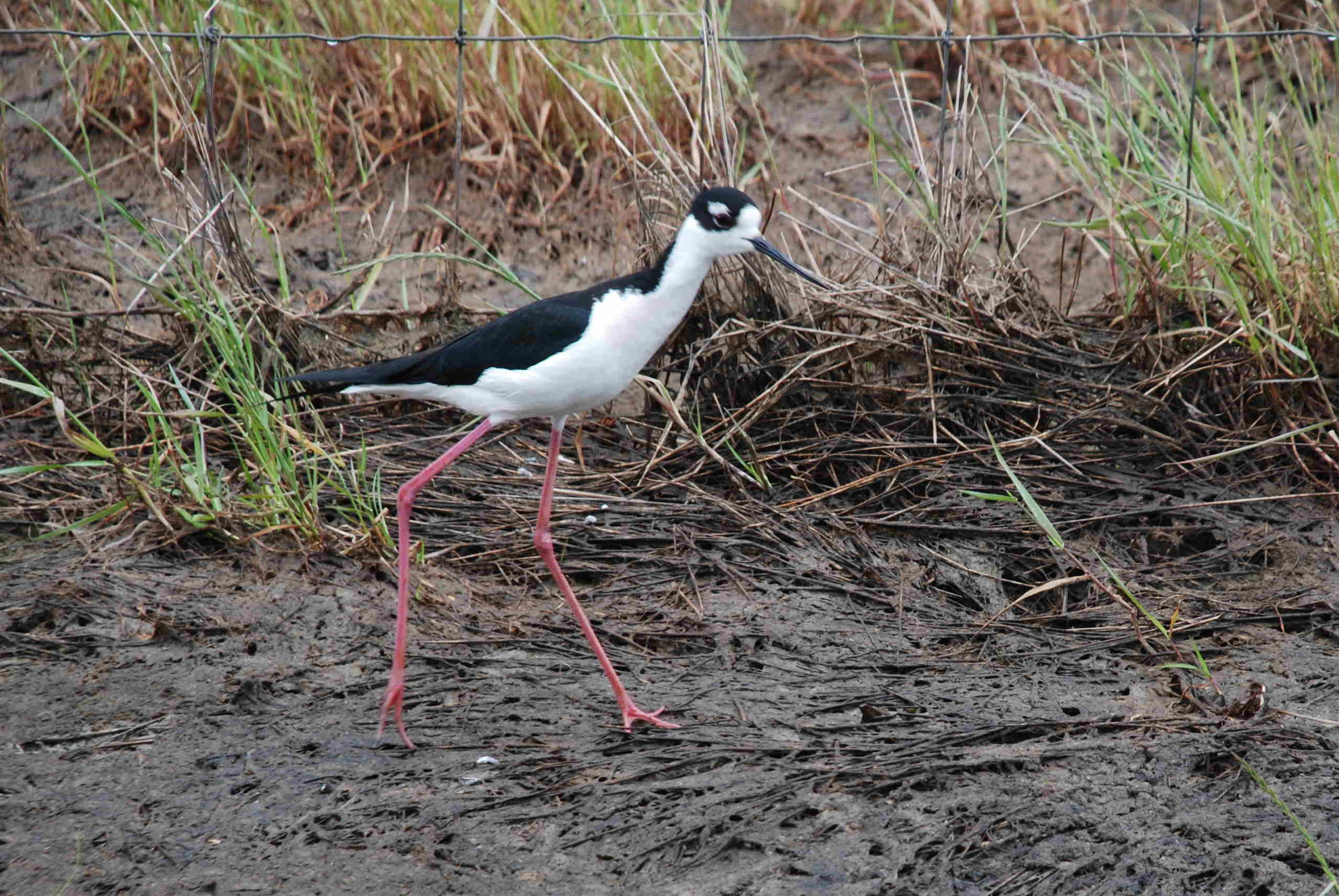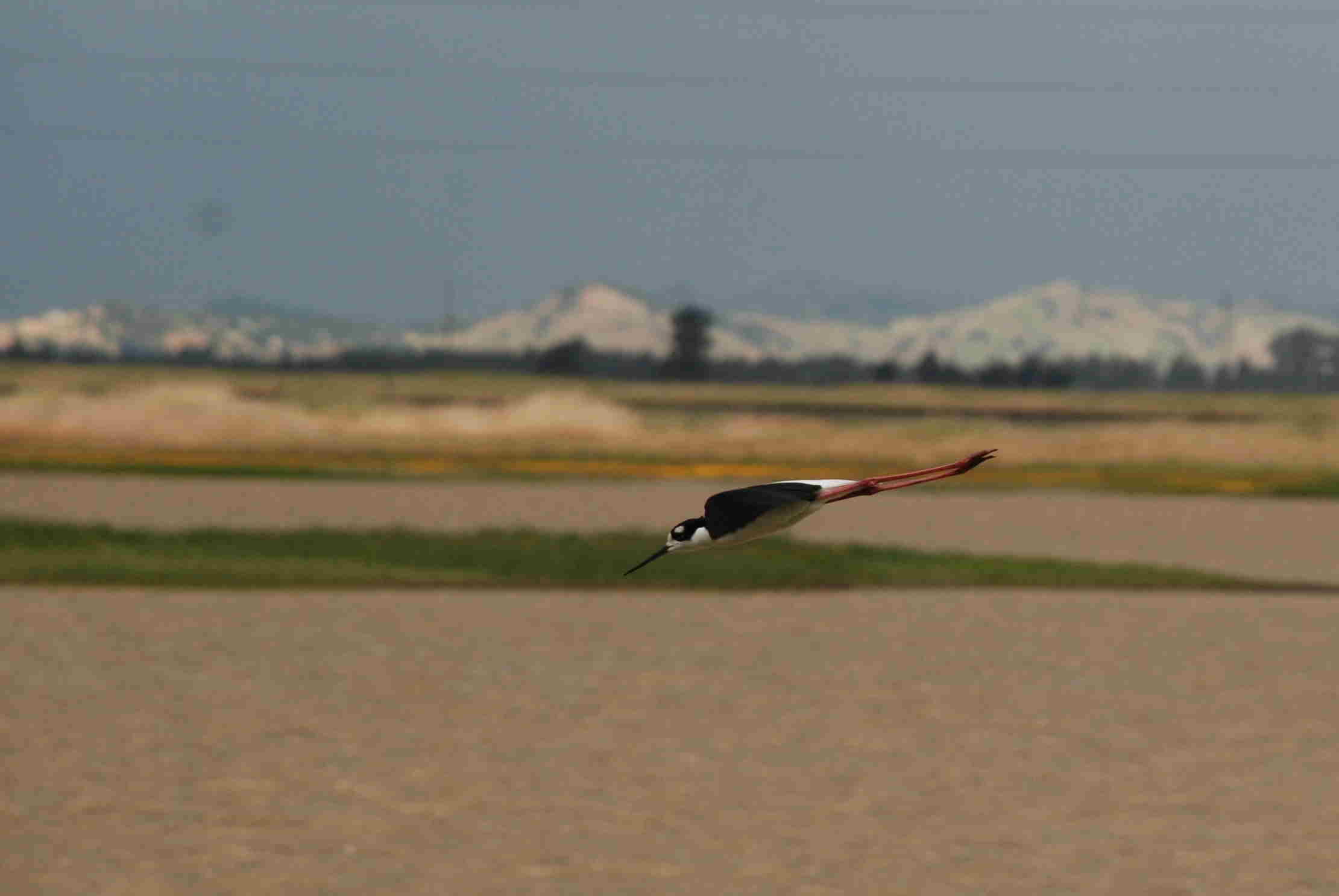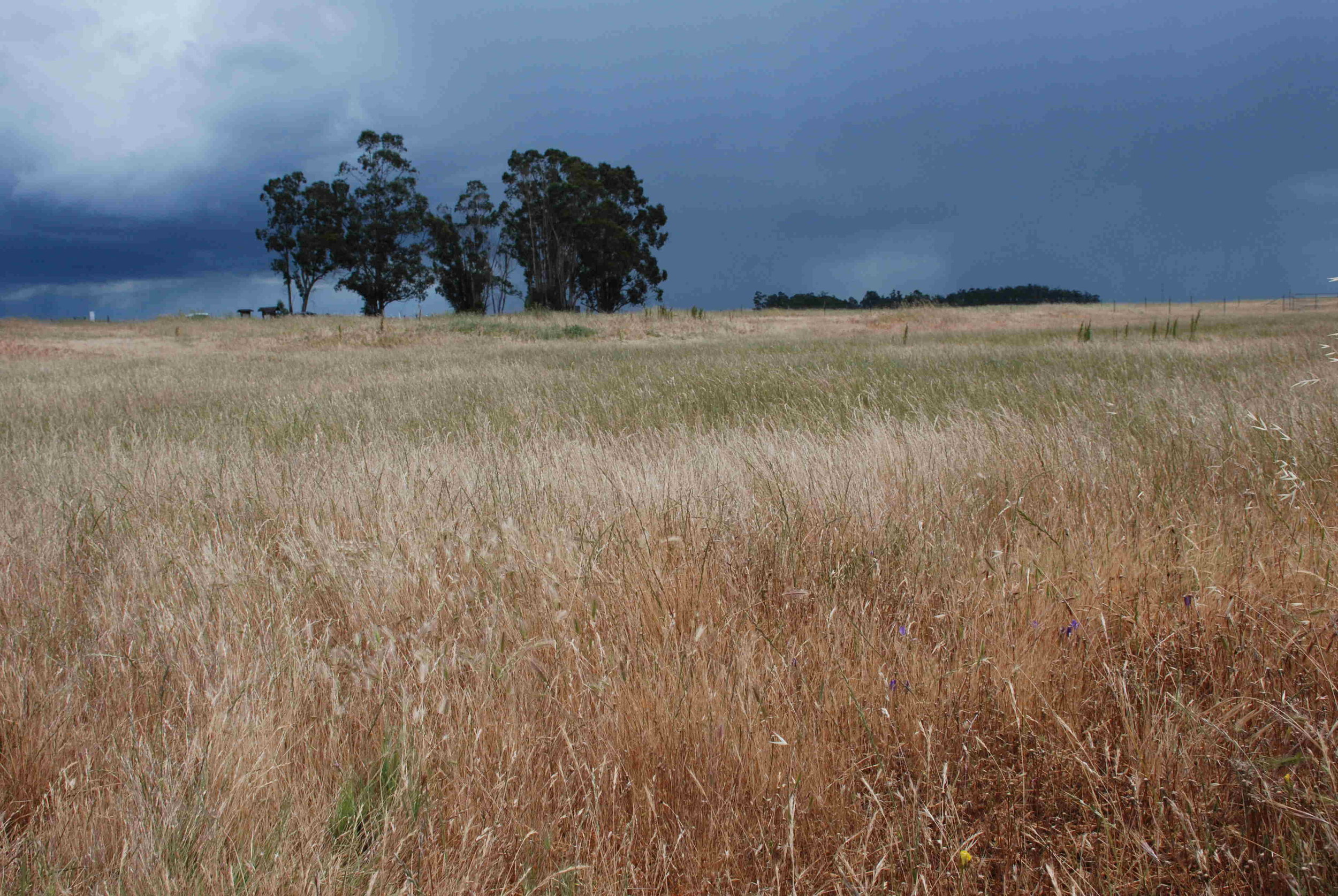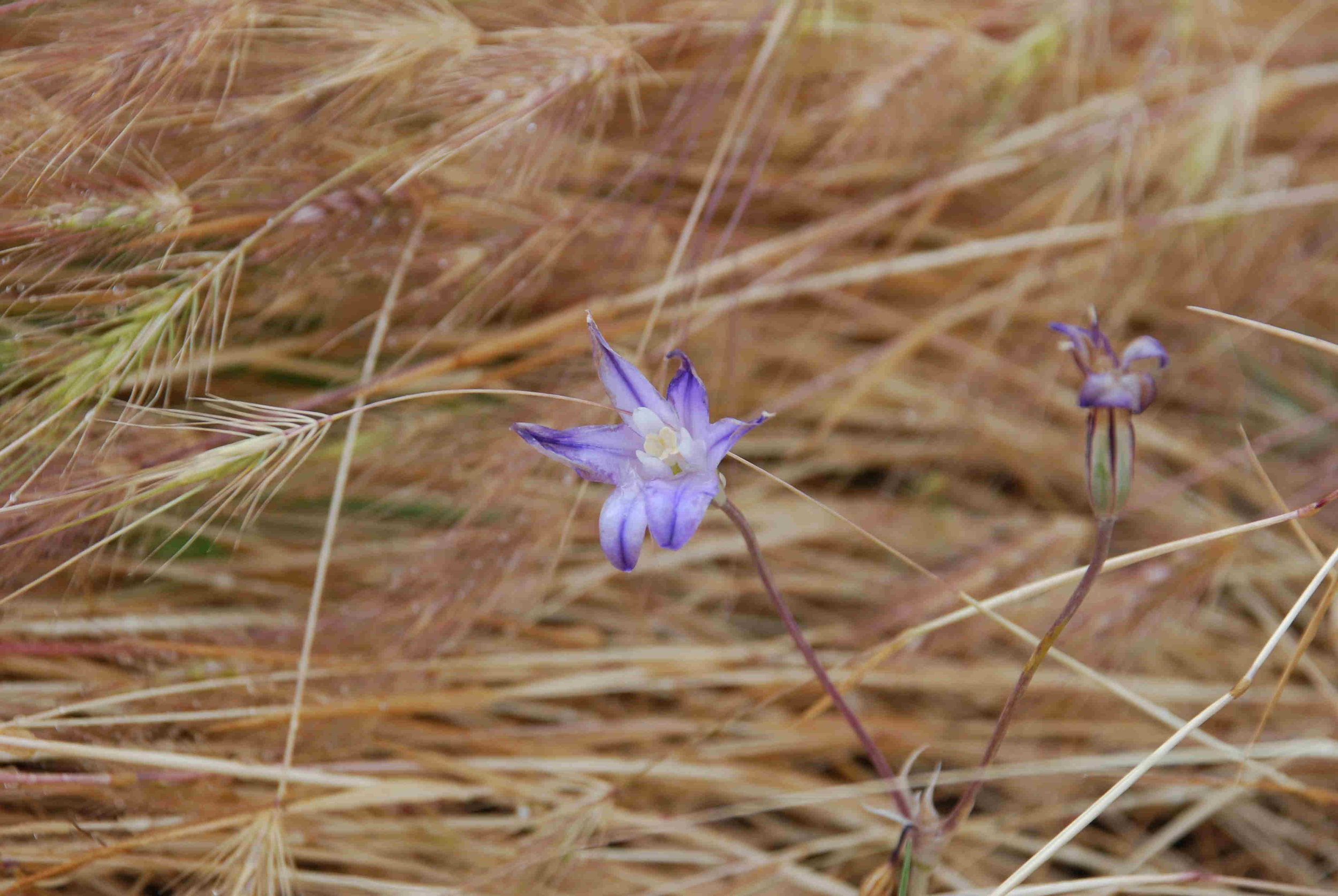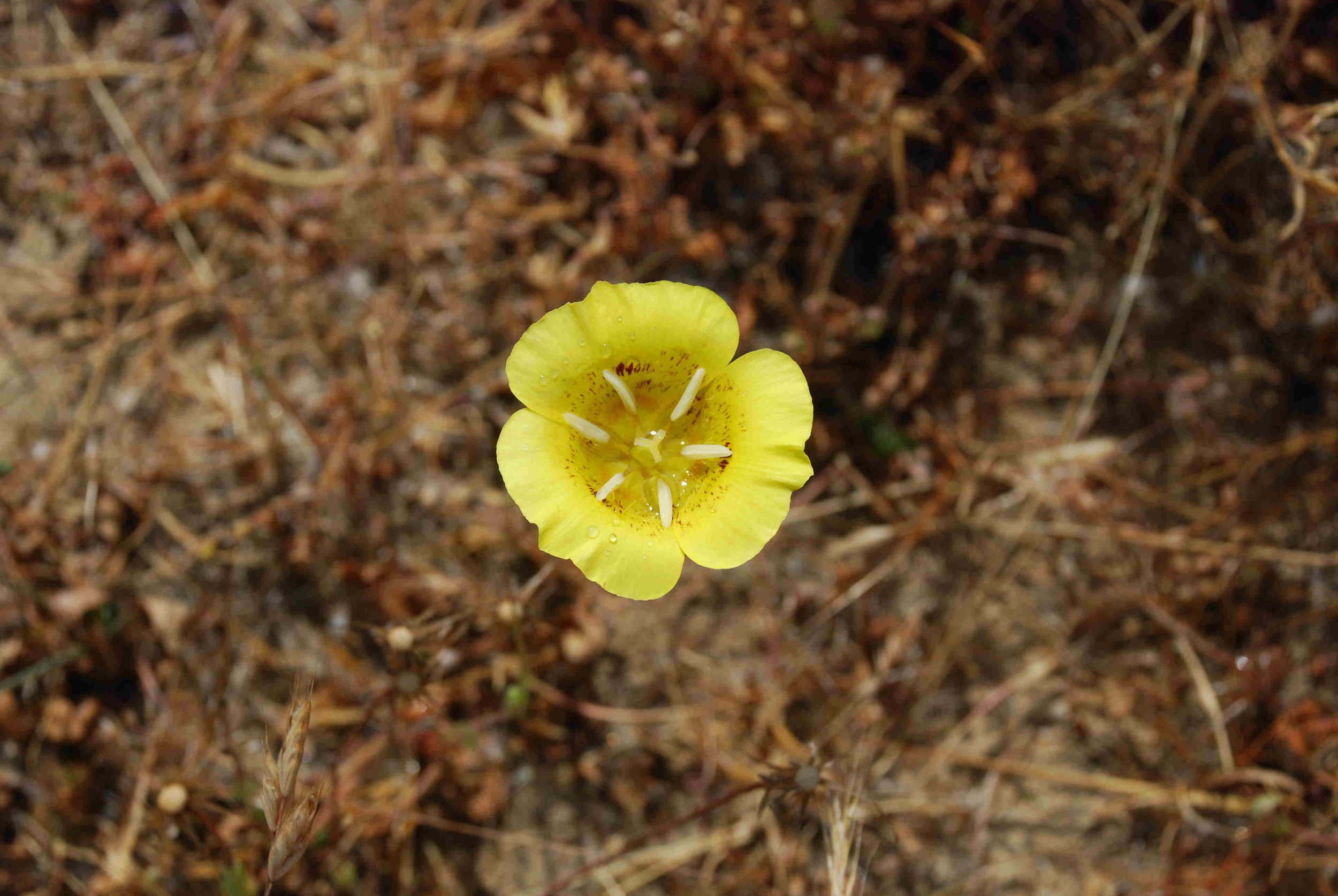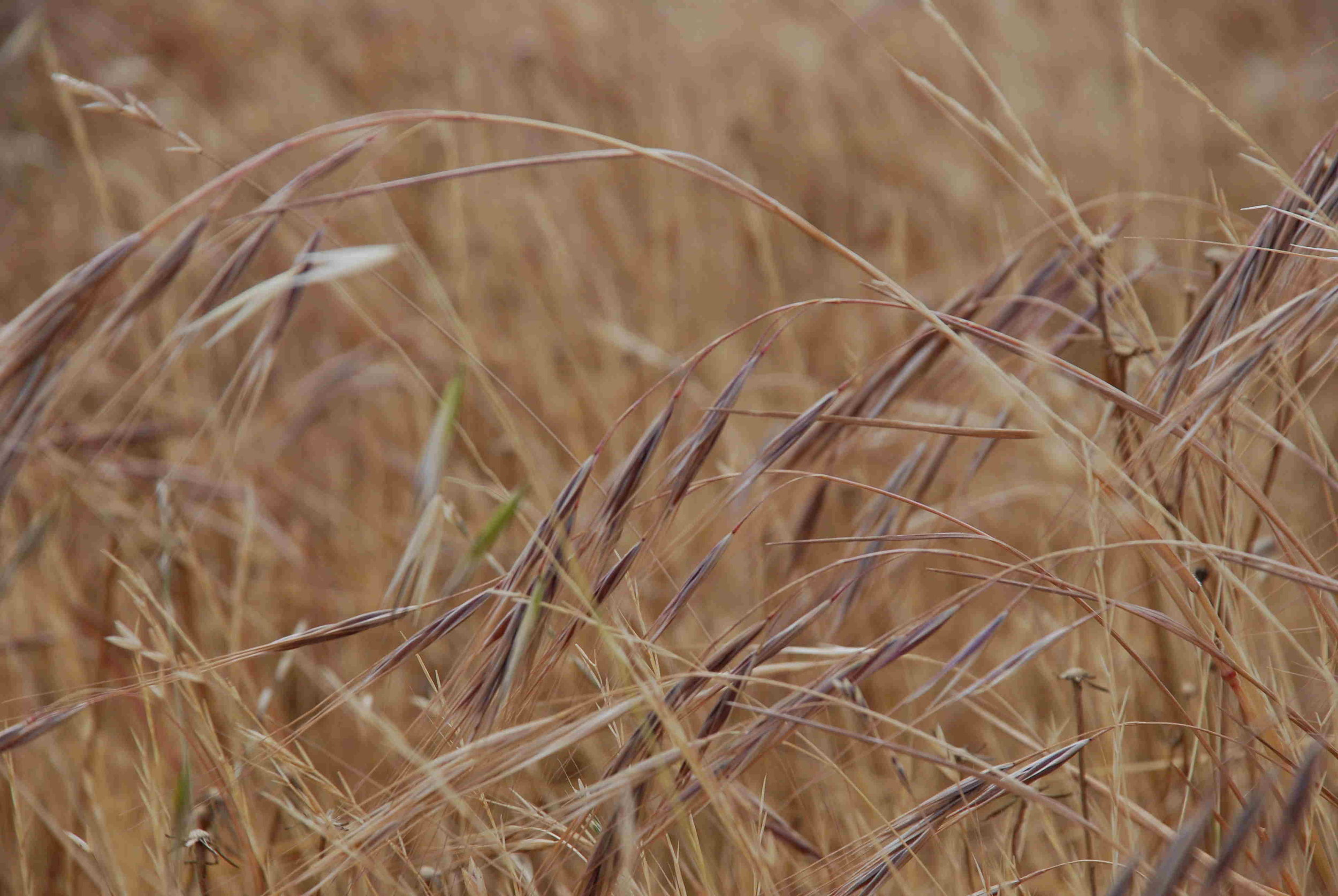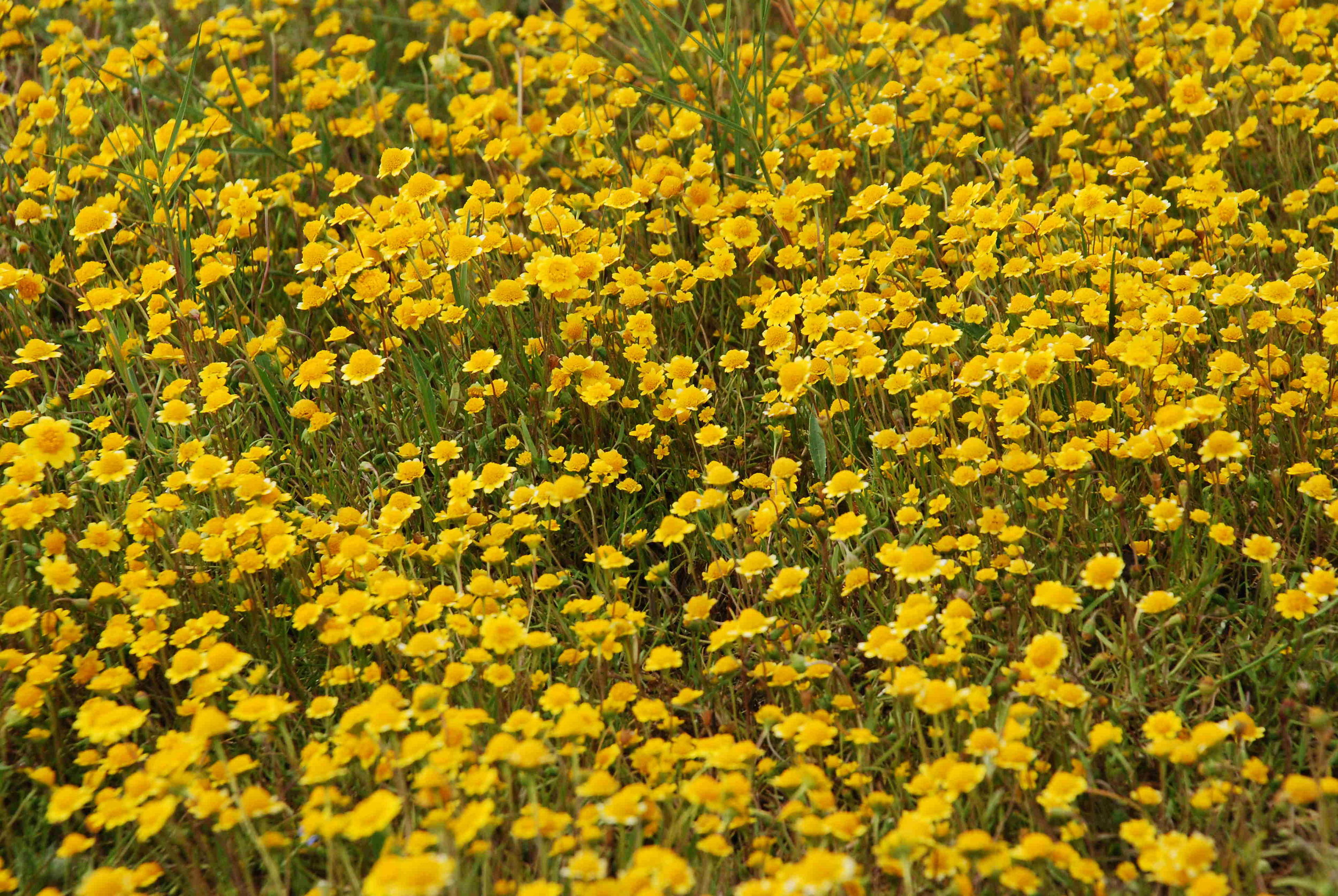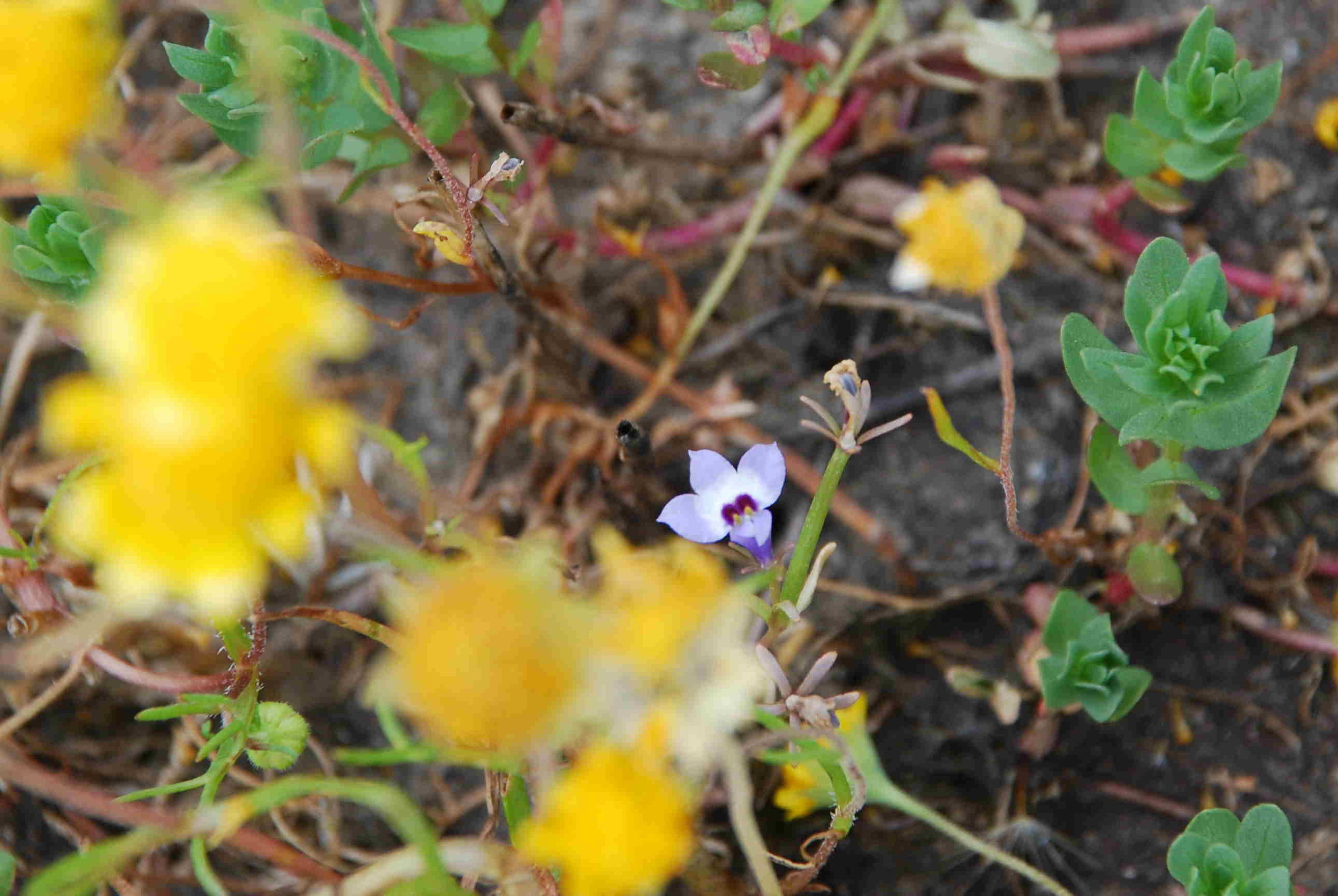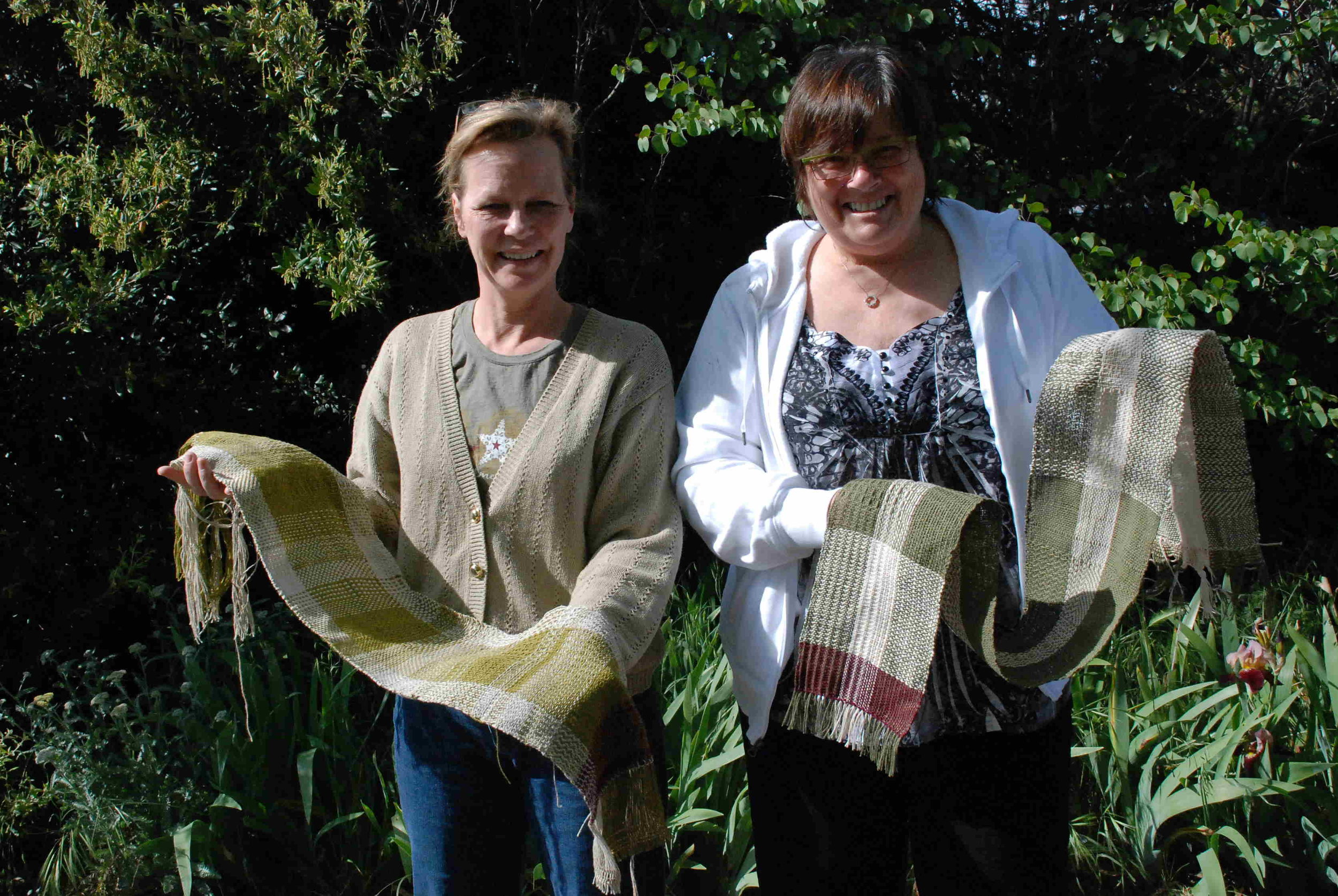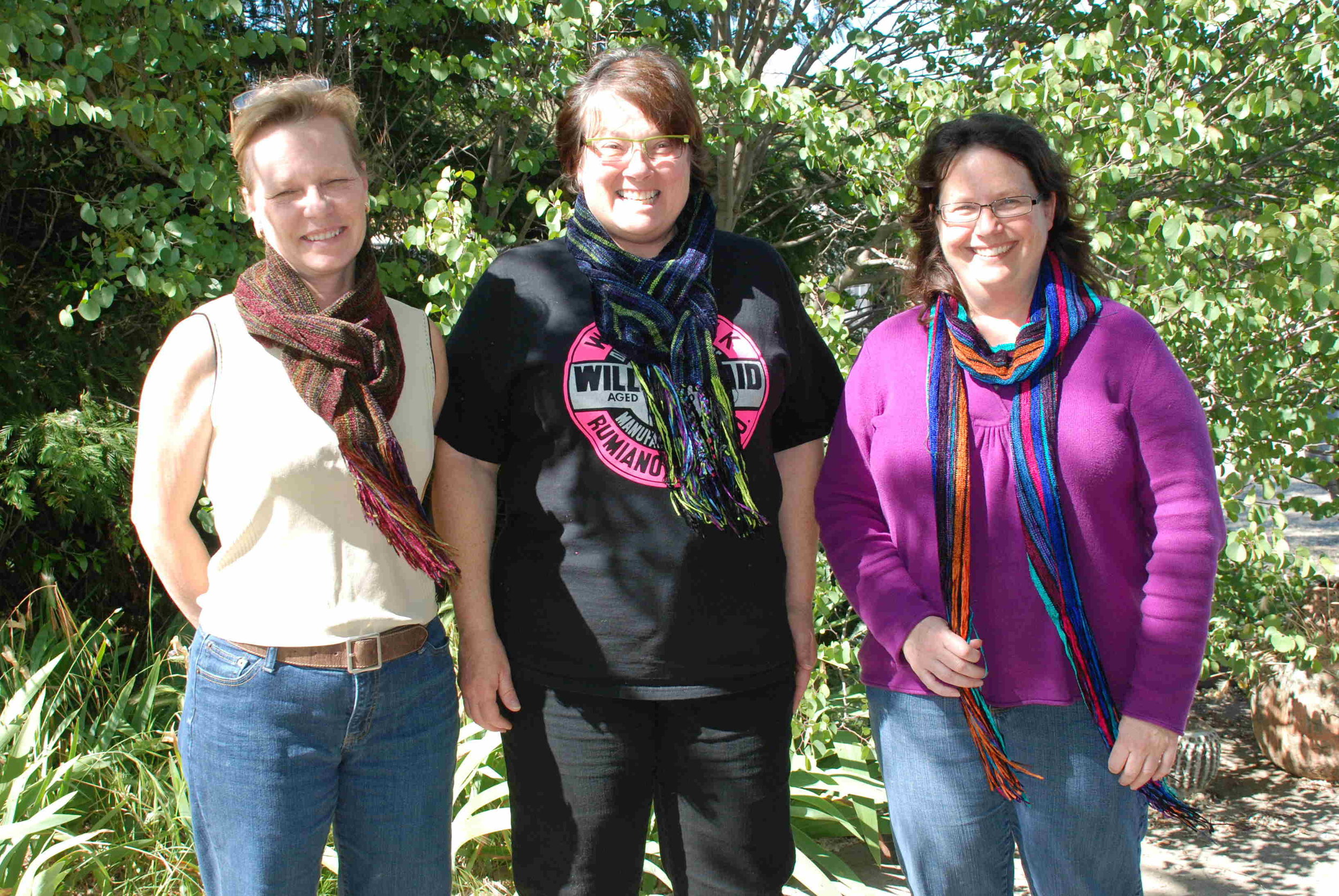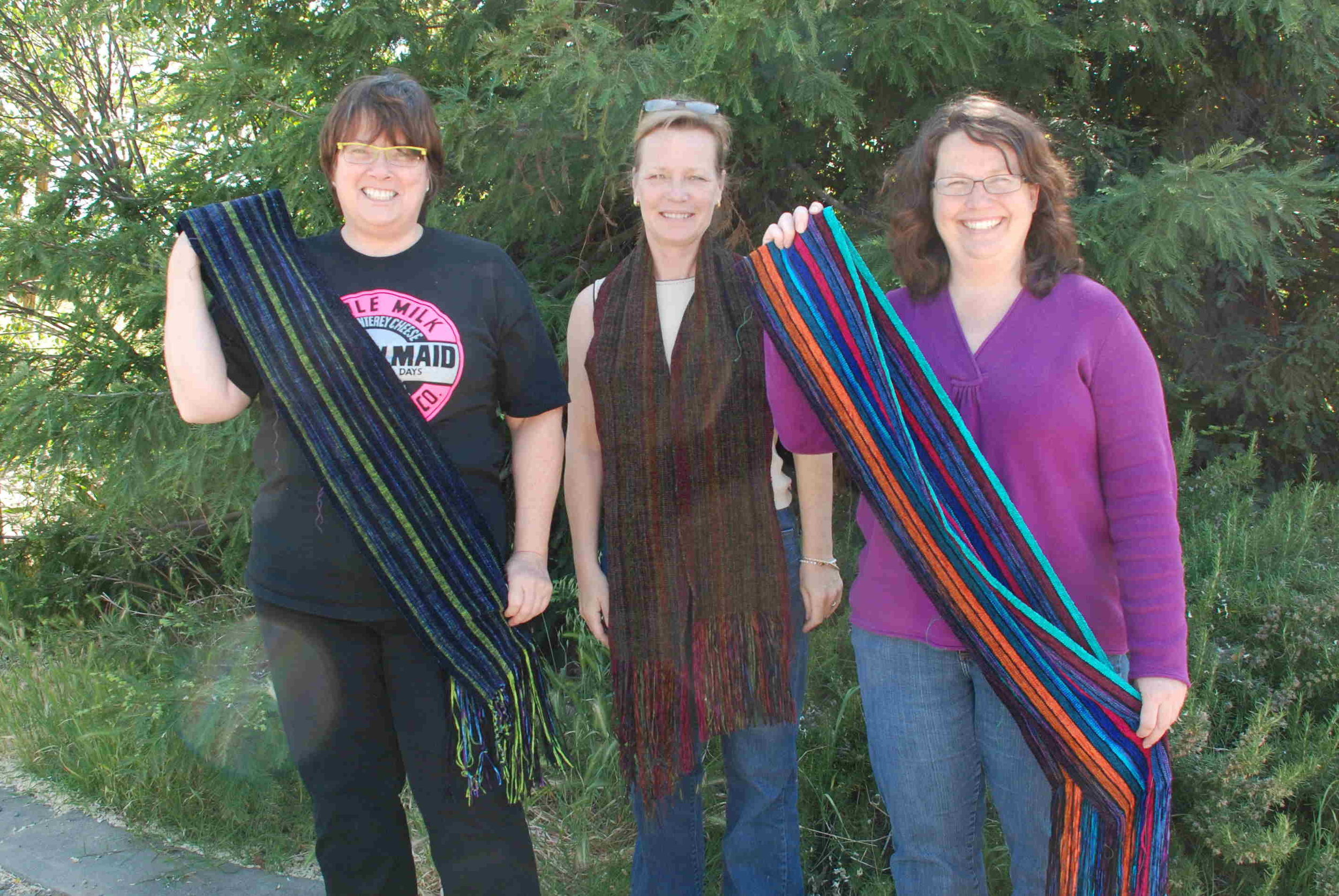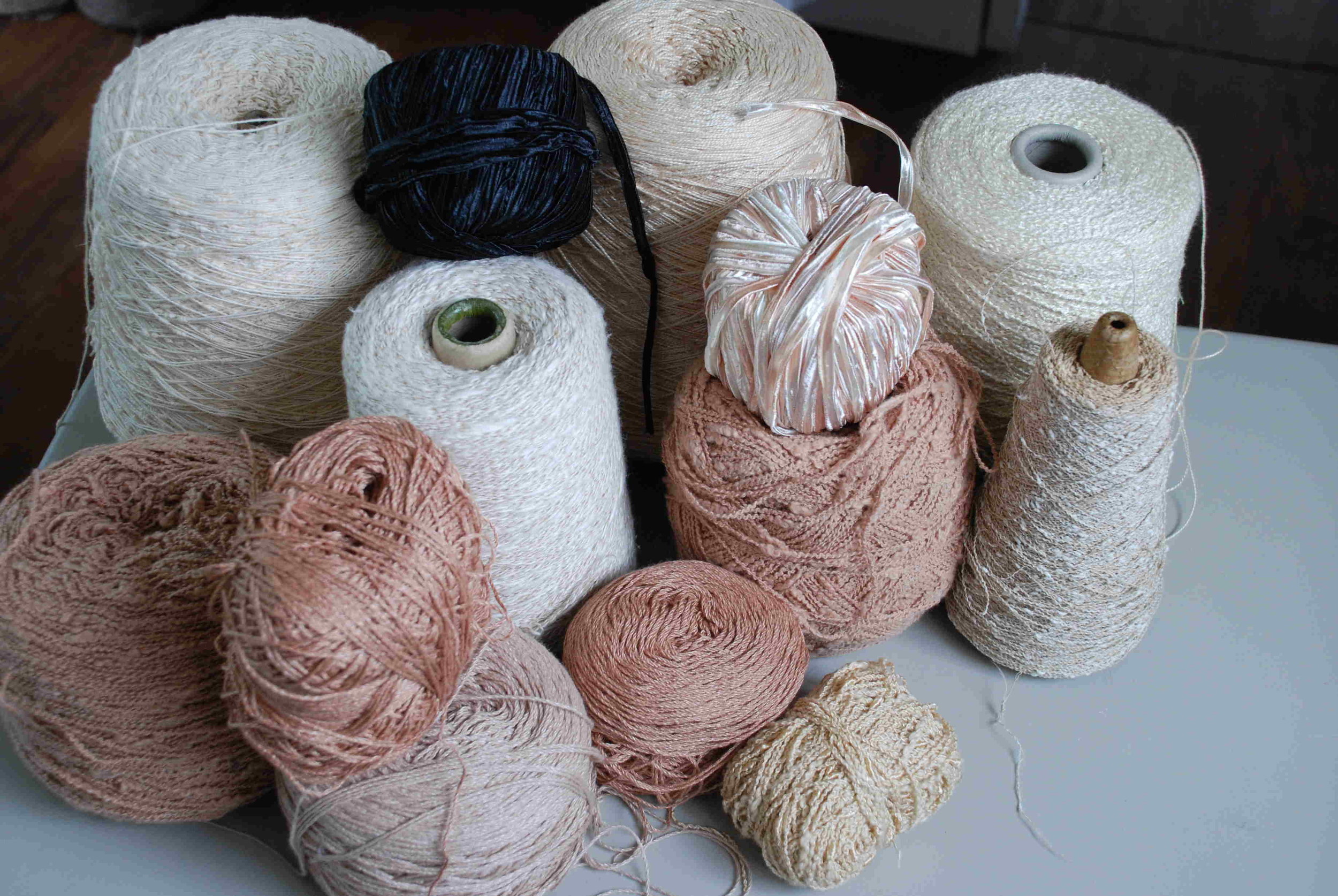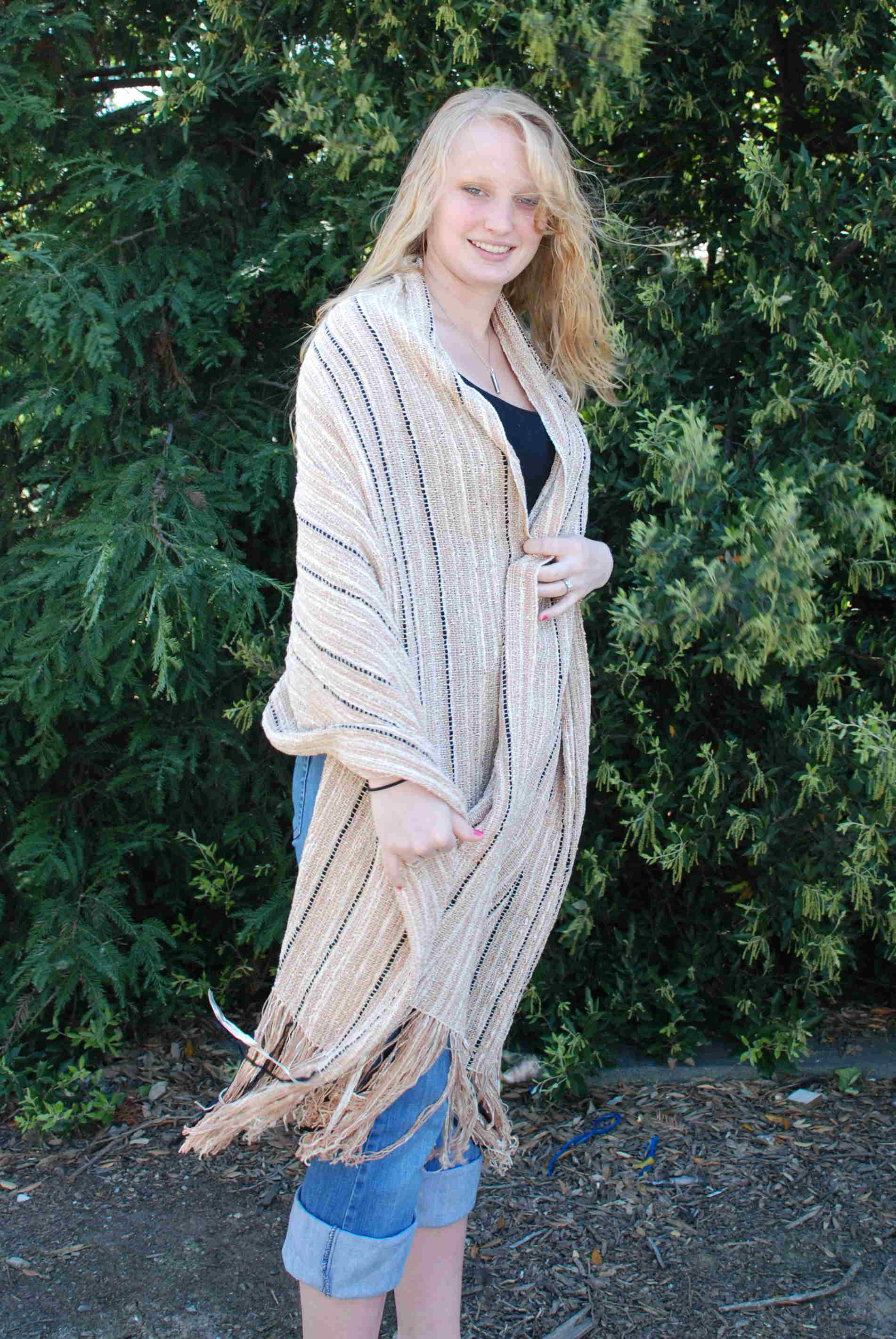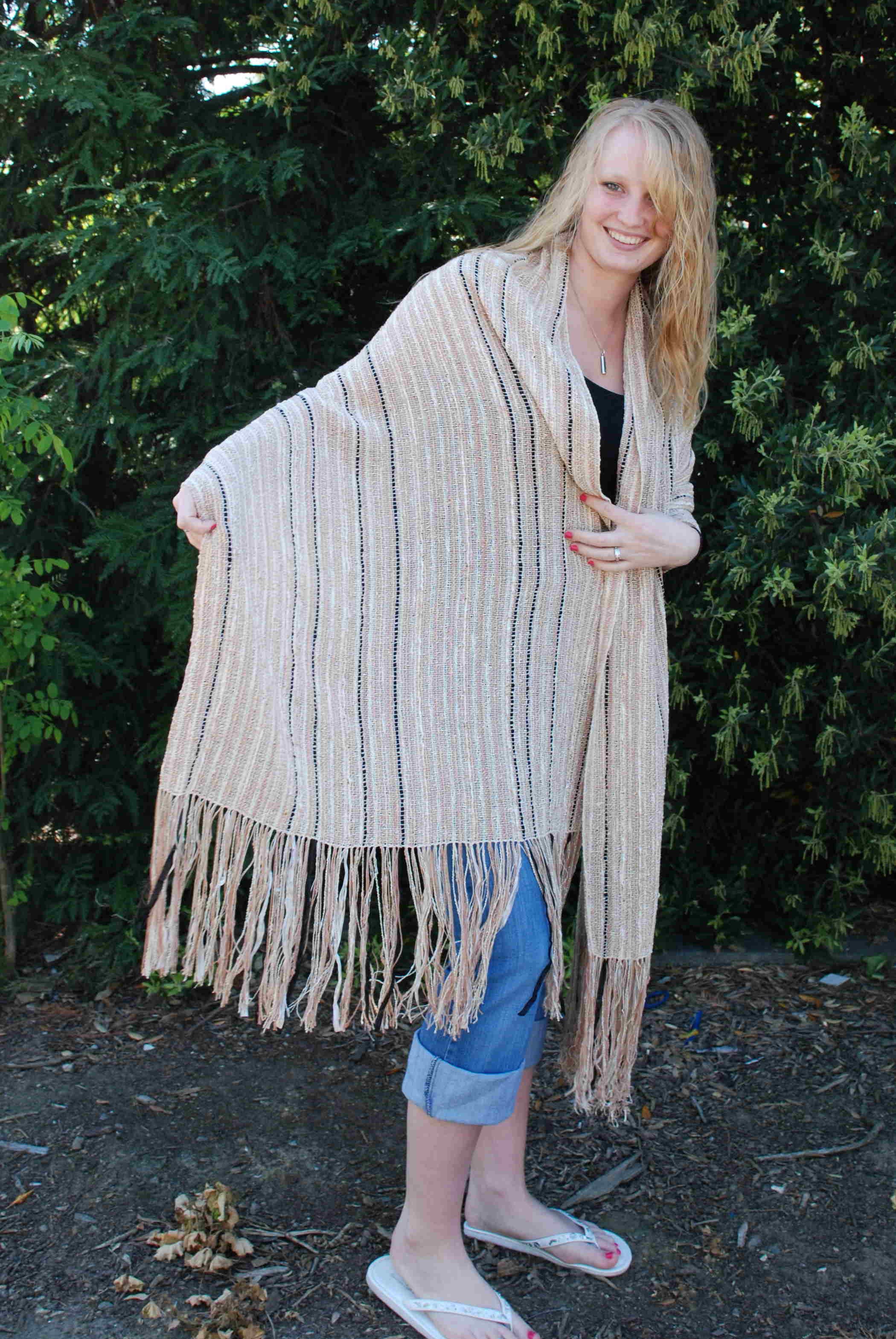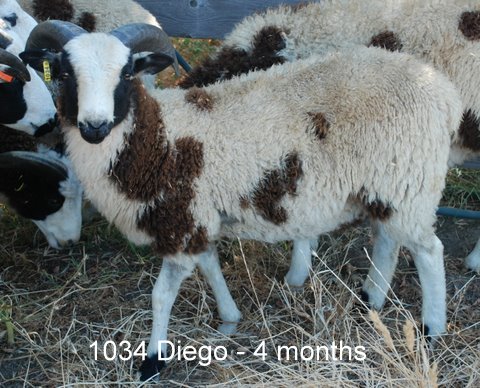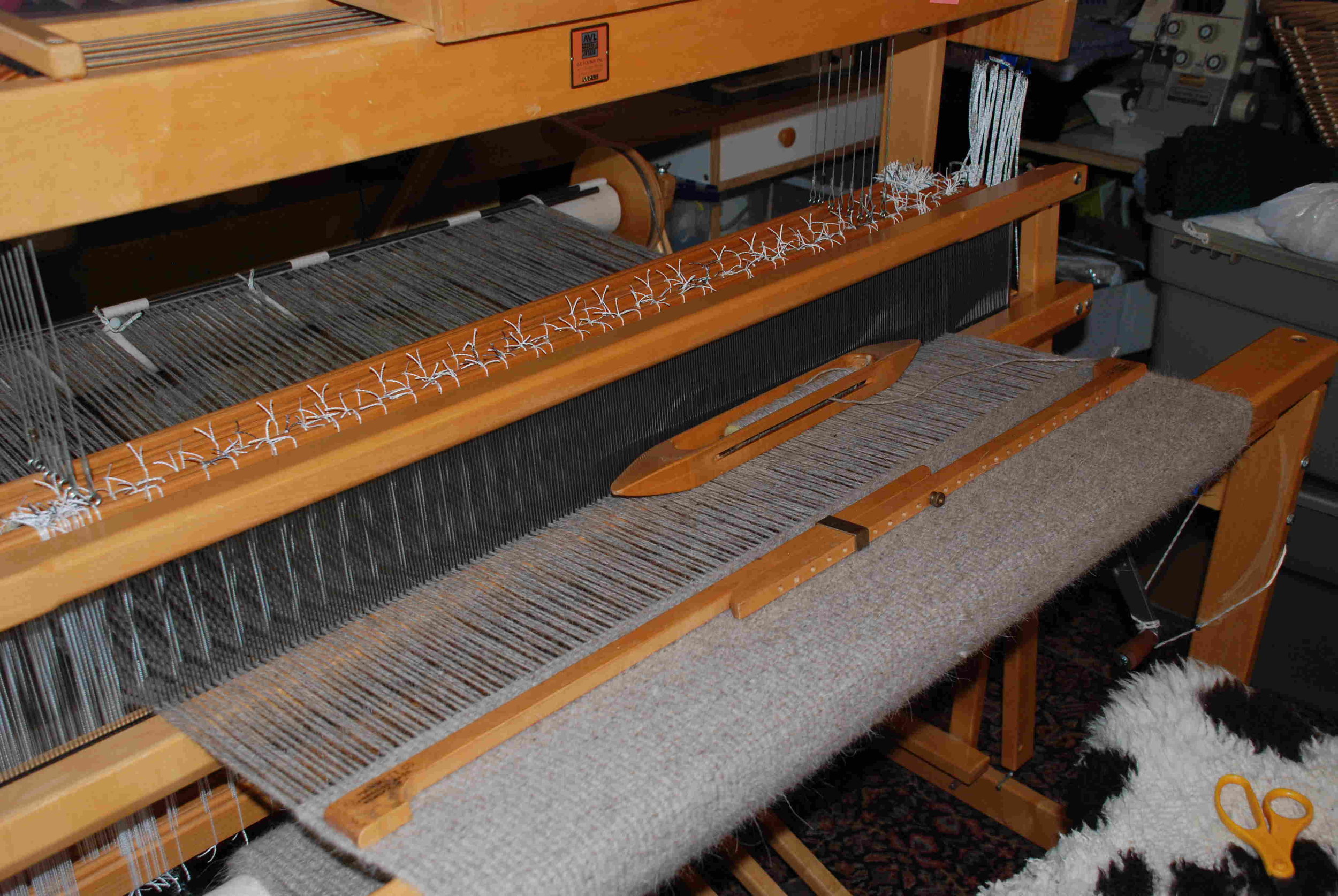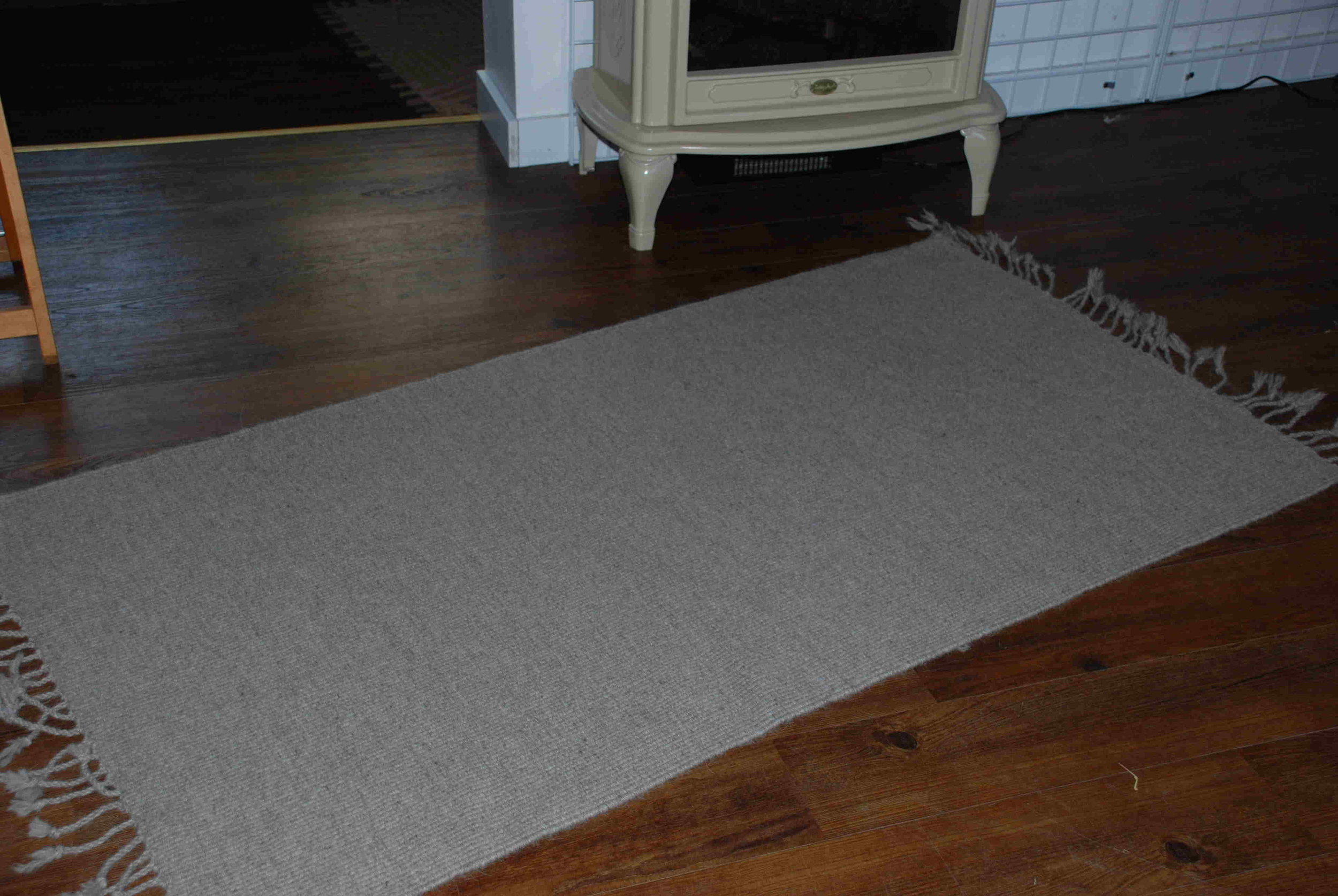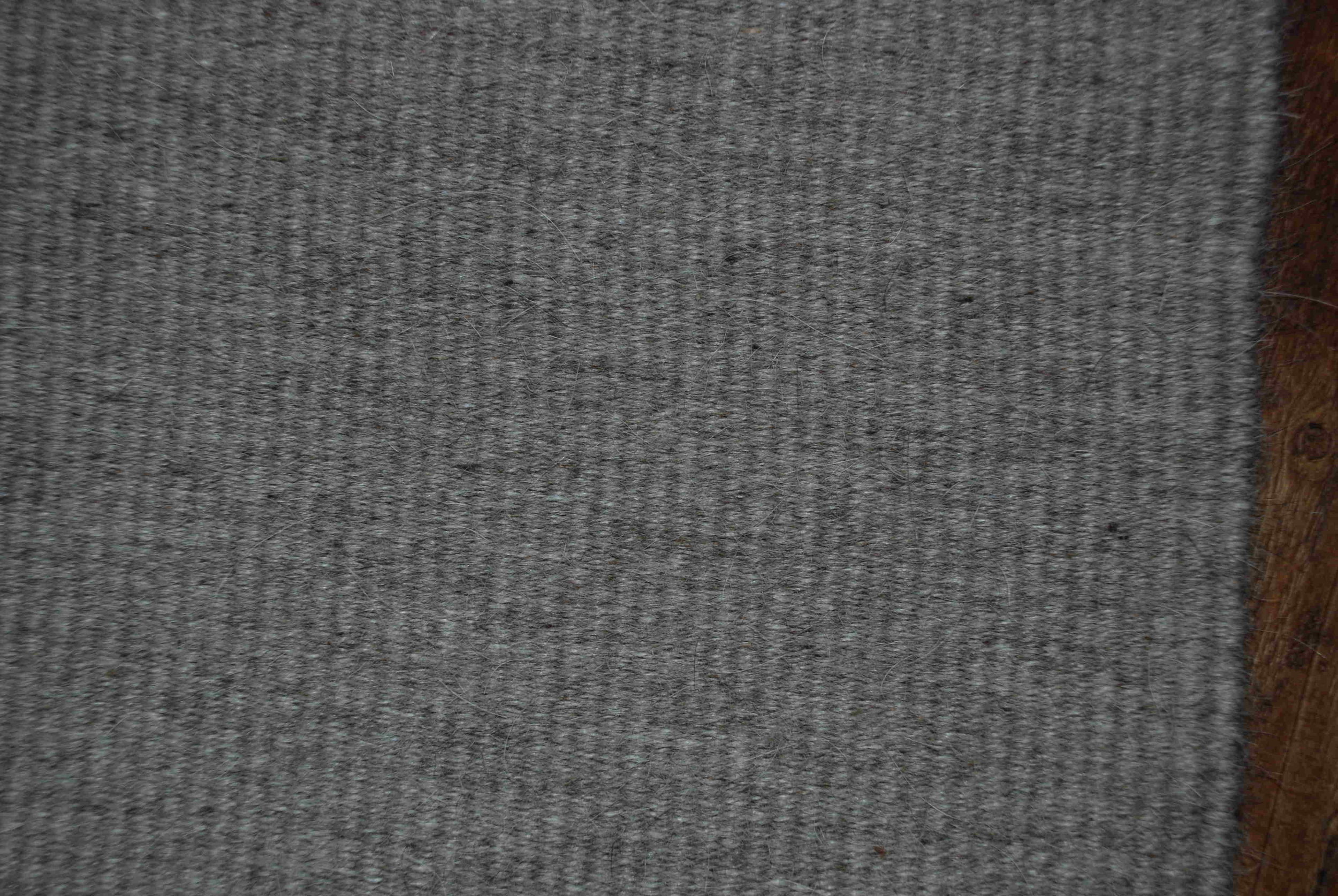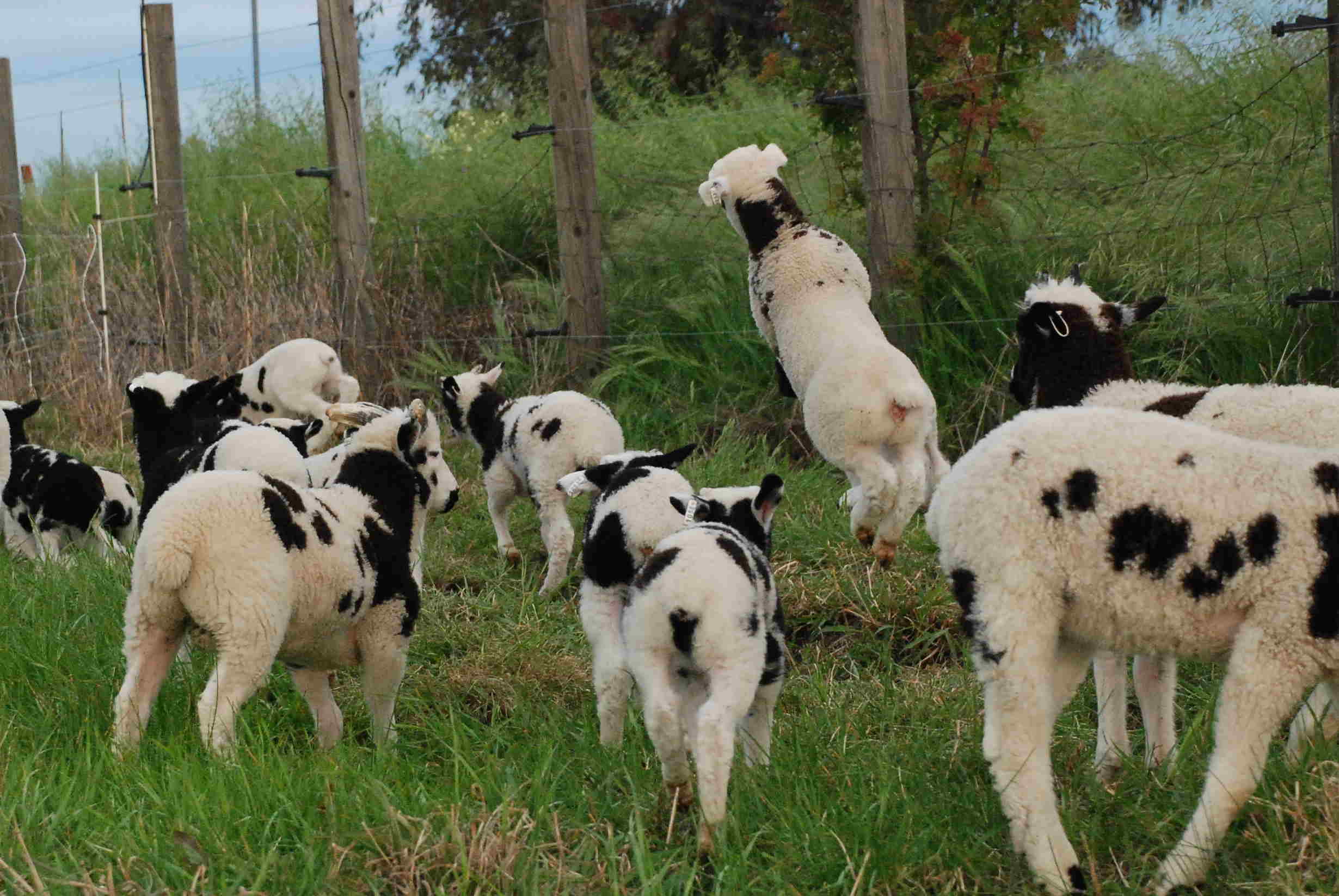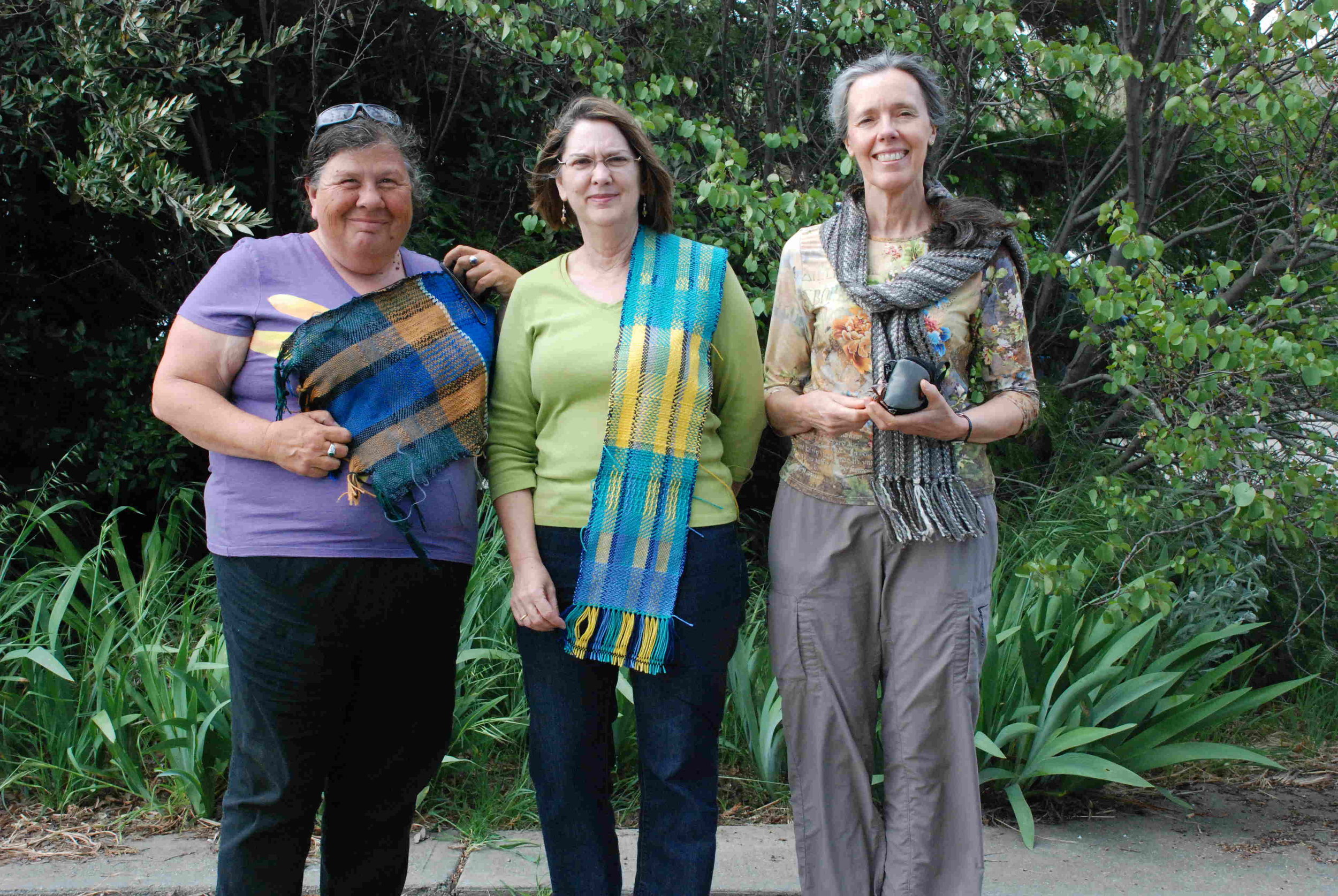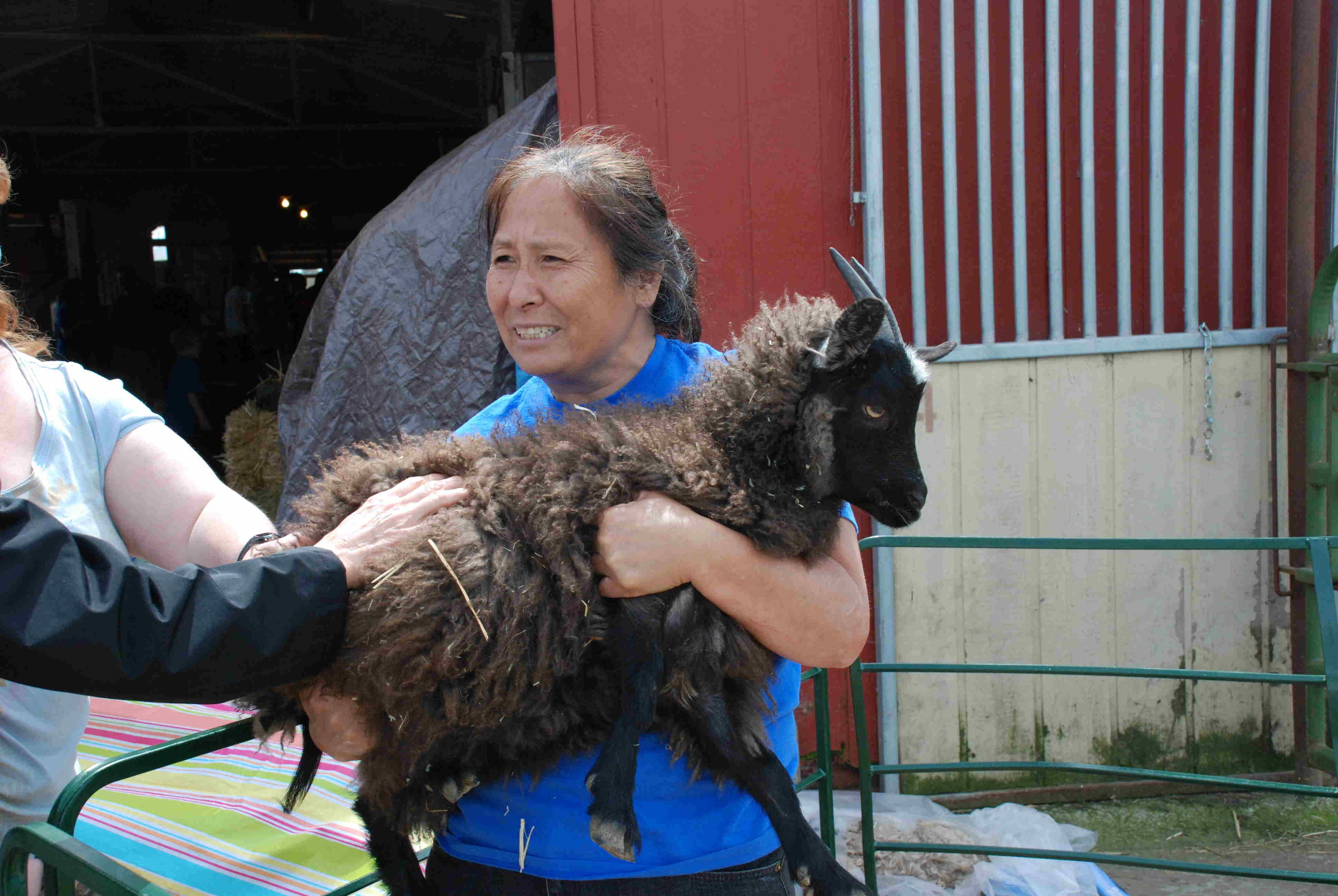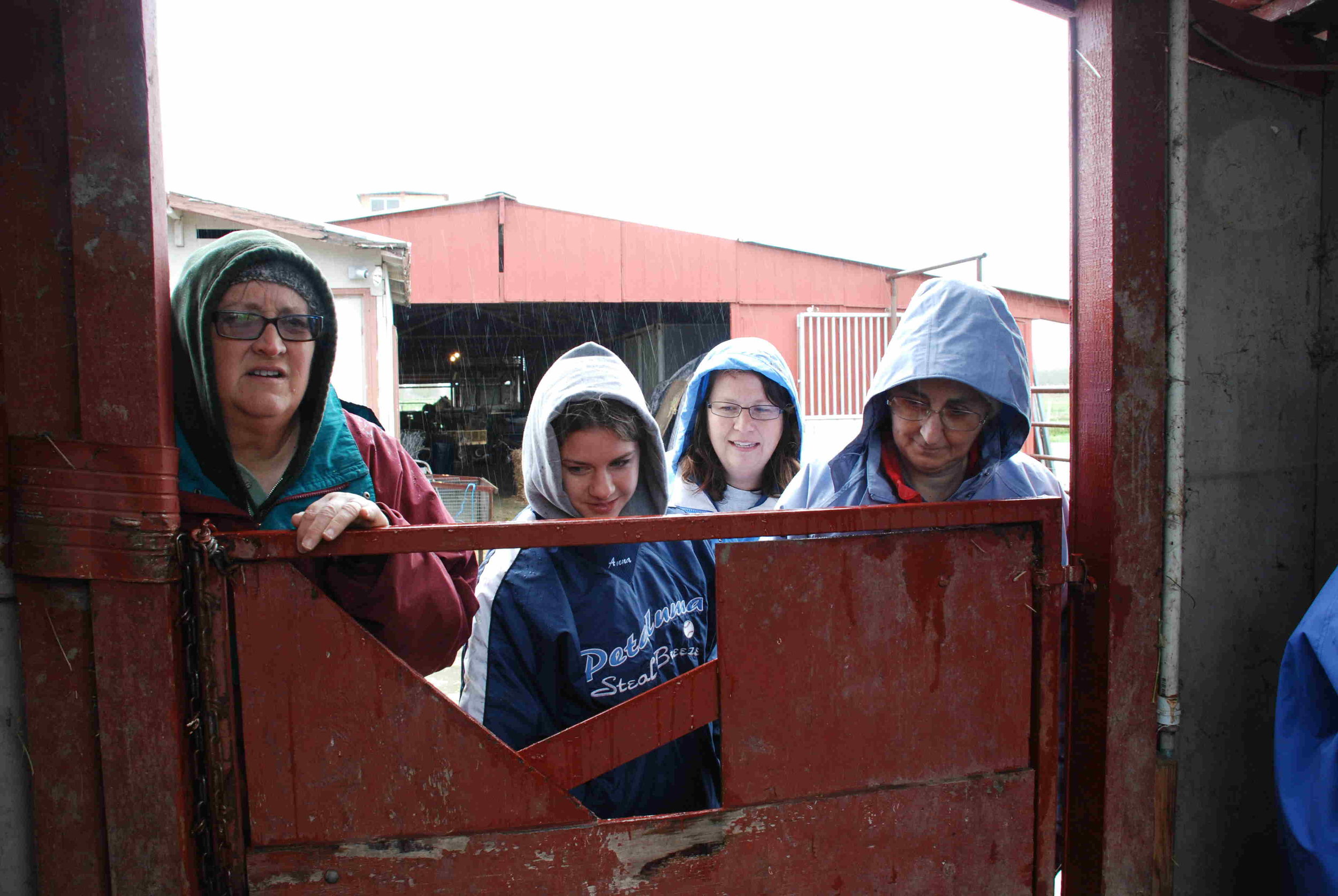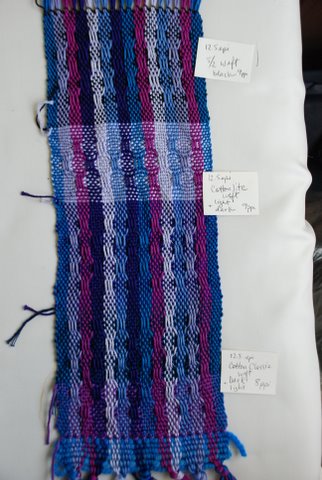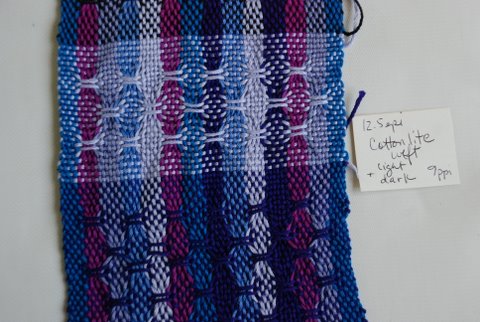Faithful readers of this blog will have read my whining about medusahead in the pasture. Medusahead is a noxious annual grass, unpalatable due to high silica content. Due to it's later date of maturation, it is noticeable on the hills as the light green color when the other annual grasses have dried out. After it has gone to seed it leaves a dense litter through which nothing else will germinate. Medusahead covers part of one of my paddocks and is increasing in area. During my visit to Jepson Prairie (see pretty pictures in last post) I read the signs about how they had used prescribed fire to control medusahead. "Fire is usually 100% effective at controlling medusahead if done before its seed heads shatter."
A couple of months ago I bought a fire-breather tool (I can't remember the real name) that is attached to a propane tank. It is sold for use in weed control, particularly when weeds are small. It's intended use is to heat the plants and burst the cells rather than actually setting them on fire. I thought I'd experiment in the field. Having just irrigated (in addition to unexpected May rain) the plants were wet and there was even standing water in many areas of the pasture. I wasn't worried about starting any wildfire.

On the way to the medusahead I saw a thistle. Normally I'd just dig this up, but having a propane tank rather than a shovel, I blasted it with fire. You can see the singed leaves.

This is the thistle the next day. It may not have killed the whole plant, but you can see how it destroys the part that was heated. If the plant was very small that would be the end of it.
I didn't really have a plan but started burning various parts of the medusahead covered area. Because of the moisture content, I wasn't seeing much fire, but I was singing off the bristly parts of the seeds and burning a little of the litter. Then I noticed this.

Notice the forbs growing under the medusahead. I don't want to kill those plants. I want to encourage them. This made me wonder if it would be effective to just burn (or superheat) the tops of the medusahead. This brought up several questions. Would super-heating it stop the seed from developing? Are the seeds already viable even though the plants life cycle isn't complete? If I heat the top of the plant enough to burn off the outer part of the seed head will it kill the seeds? If I do this will the plant produce more seed heads? I decided I needed a test-plot.

I used fiberglass fence posts to make 5 plots. The two upright fence posts mark two corners. They are hard to see, but trust me, they are there.
My plots are:
1. Flame (superheat) the tops of the medusahead long enough to burn off the outer halo of the seed heads. Are the seeds already viable? If they aren't, will this stop their development. If they are viable, will this kill them. I don't know.
2. Flame the tops of the medusahead longer than in #1 so that I can see more damage done to the seed head. Same questions as #1.
3. Flame the stalk of the plant in between the base and the seed head. If the seeds aren't already viable will this stop the development?
4. Flame the base of the plant to damage it.
5. Burn the whole *#@&^% thing.
Remember that the plants are wet from rain, the plants are still green, and in some places there is plenty of ground moisture if not standing water. If this were "normal" conditions I'd probably be starting a fire. And it may be that FIRE is the best answer. Even if I succeeed in reducing the seed produced by the medusahead, in much of the area there is still that heavy thatch which probalby needs to be burned off. And maybe I need to completely remove the plant and it's seed by incinerating it. But that's another issue.
There are too many photos to post here, but I'll give you an example of what I did.

Here is Plot 2 before burning.

This is a close-up of the tops of the plants after burning.

This is a view of the plot the next day.

This is Plot 3

This is Plot 3 after burning.

Plot 3 the next day.
I don't know what all this will tell me. I didn't set this up so that these are permanent plots and I think I want to burn everything to be sure. But I have raised some questions for which I want to find answers. I know a couple of people to ask. I'll report back if I learn something.














